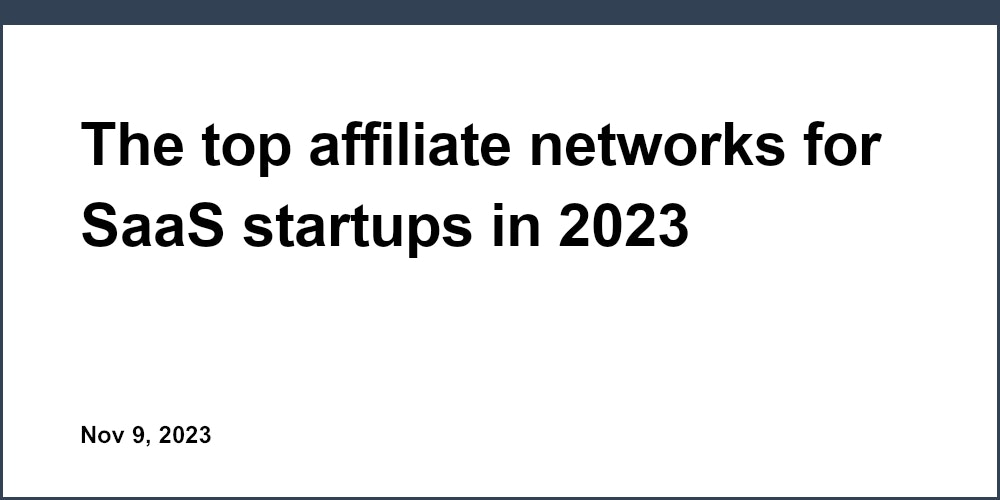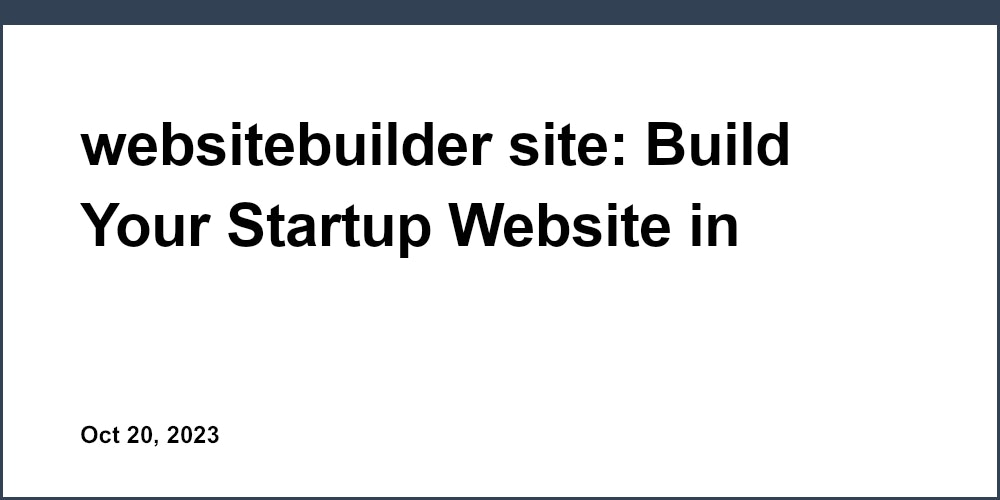Introduction
Landing pages are an indispensable part of the marketing funnel for mobile apps. They play a critical role in converting visitors into engaged users and customers. An effective mobile landing page clearly communicates the app's value proposition, includes a compelling call-to-action, and provides an optimized user experience for mobile screens. The goal is to convince potential users to download and regularly use the app from their mobile device.
With the right template and strategies, you can create a high-converting landing page that motivates mobile visitors to become loyal app users. This article will cover best practices for mobile app landing page design including layout, content structure, responsiveness across devices, and boosting conversions. We'll also look at examples of successful templates and components for quickly building mobile-friendly landing pages.
Layout and Structure
An optimal layout for mobile app landing pages is clean, uncluttered, and focused. The key sections typically include a hero image, headline, subheadline, concise body content, testimonials, and clear call-to-action buttons. Navigation menus should be simplified and content prioritized above the fold.
Hero Section
The hero section makes a strong first impression and quickly communicates the app's key benefits. Best practices include:
- Hero image sized and formatted for mobile. Square or vertical orientations work well.
- Short, benefit-focused headline and subheadline.
- Primary CTA button below the headlines to download the app.
- Secondary CTA for a demo video or free trial.
- Optional app preview or explainer video background.
Body Content
The body content convinces visitors to download the app with concise, scannable copy. Recommendations:
- Short paragraphs for improved readability.
- Bullet points to highlight key features/benefits.
- Relevant graphics and screenshots to showcase the app.
- Social proof elements like ratings, reviews, and testimonials.
- Comparison table of top performing landing pages analyzing layouts, CTAs, etc.
Call-to-Actions
Clear call-to-action buttons motivate visitors to convert. Best practices:
- Prominent, high-contrast CTAs.
- 2-3 CTAs maximum to avoid choice overload.
- Common CTAs: "Download App", "Get Started", "Try Demo".
- Consistent placement near headlines and body content.
Optimizing for Mobile Responsiveness
With most traffic coming from mobile, responsive design is crucial. Mobile landing pages must provide an optimized experience across a range of devices and screen sizes.
Responsive Design Strategies
Some techniques for responsive mobile landing pages:
- Relative units like percentages or em instead of fixed pixels.
- Media queries to adapt layouts for phone, tablet, desktop widths.
- Flexible images, text, grids, and containers.
- Optional dedicated mobile layouts.
- Frameworks like Bootstrap for responsive components.
Testing Responsiveness
Thoroughly test the responsive behavior and layouts:
- On iOS and Android phones and tablets.
- Interactions like navigation menus, buttons, images.
- Using tools like Google Mobile-Friendly Test.
- Emulators to simulate different devices.
For example, you can implement media queries to adjust font sizes, image dimensions, container widths, and column layouts dynamically based on the viewport width. Flexible grids created with CSS Grid or Bootstrap will also help optimize responsive behavior across screen sizes.
Optimizing Conversion Rates
Focusing on key conversion metrics and optimizations will boost mobile landing page performance.
Speed Optimization
Fast load times are critical for mobile conversions. Optimize with:
- Compressed images, minified code, caching, CDNs.
- Lazy loading for non-critical elements.
- Generating smaller image assets for mobile.
- Reducing redirects, eliminating render-blocking resources.
Increasing Trust and Credibility
Boost trust and social proof with:
- Ratings, reviews, testimonials, case studies.
- Security badges and trust certifications.
- Money-back guarantees and other reassurances.
- Logos of notable partners or backers.
Urgency and Scarcity
Creating a sense of urgency with limited time offers or scarcity messaging can increase conversions. Some examples are:
- Countdown timer until offer expires
- Limited app launch promotional price
- Scarce "early bird" access passes
A/B Testing
A/B test different elements like headlines, hero images, testimonials, and call-to-action wording/placement to optimize conversion rates.
Leveraging Pre-Made Templates
Using pre-made mobile app landing page templates can save significant development time while allowing for customization to fit your brand. Some top providers like Unicorn Platform, Instapage, and Leadpages offer great options to choose from.
For example, Unicorn Platform specializes in templates designed for startups and SaaS companies. It includes many mobile-optimized landing page designs along with customizable themes, drag-and-drop editing, and hundreds of sections and elements to use as building blocks.
Conclusion
Well-designed mobile app landing pages make a strong first impression and compel visitors to download the app. Optimizing the layout, content, responsiveness and conversions will result in higher conversion rates. Leveraging pre-made mobile app landing page templates can save significant development time while still allowing for customization to fit your app's brand and messaging. With the strategies outlined in this article, you can create effective mobile-friendly landing pages that will successfully convert your app's visitors into engaged users.


